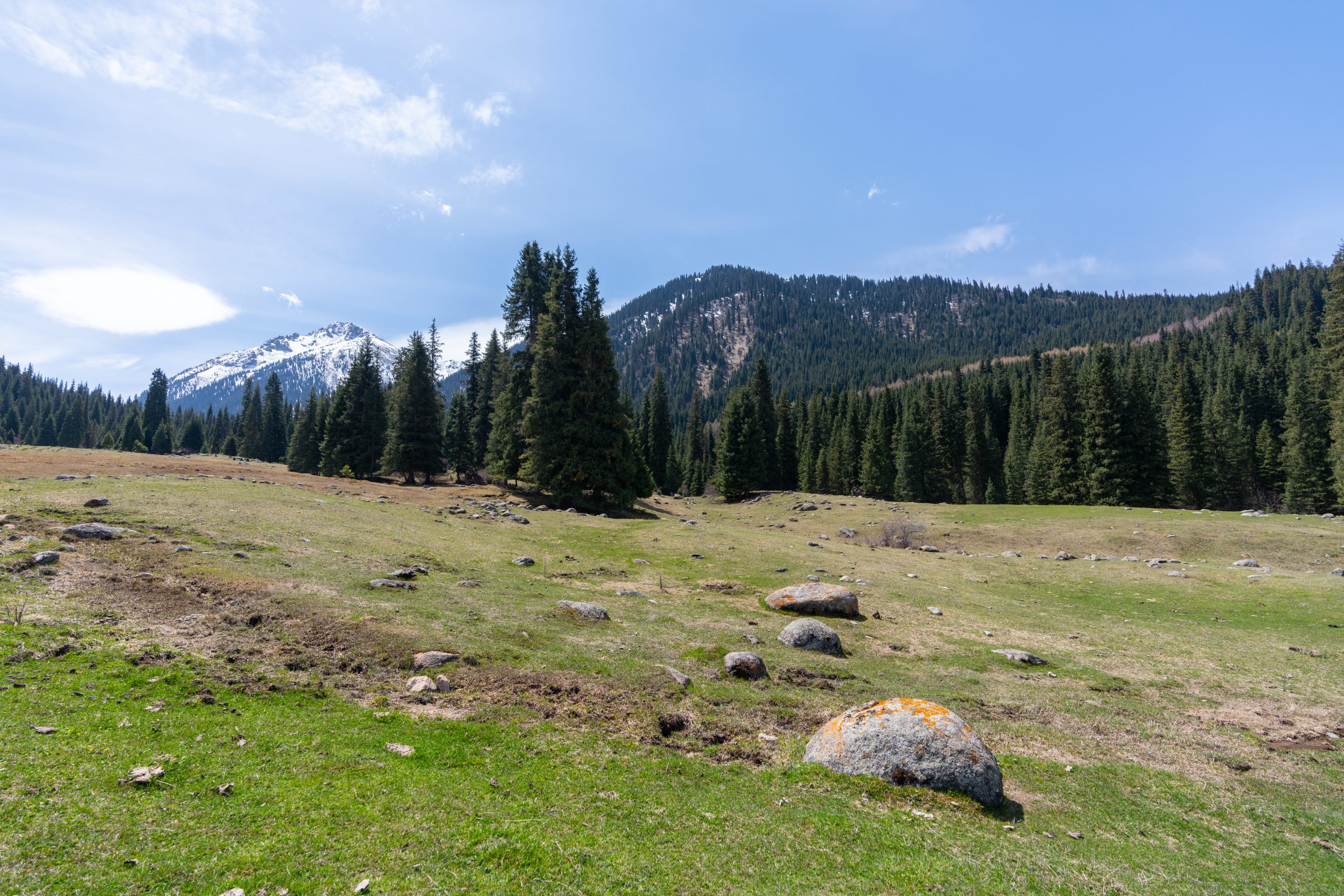Image Credit: Photo Credit: Alejandro Laguna/UNEP
In a significant advancement for biodiversity, the Kyrgyz Republic has established an expansive ecological corridor of 800,000 hectares, linking Khan-Tengri National Park with the Naryn Nature Reserve. This initiative enhances the country’s protected areas to over 1.2 million hectares, promoting the conservation of key Central Asian wildlife and ecosystems.
The ecological corridor, supported by the United Nations Environment Programme (UNEP), is crafted through advanced ecological modeling. It aims to ensure habitat connectivity and bolster climate resilience for mountain wildlife, particularly the Vulnerable snow leopard, along with prey species such as the Asiatic ibex and argali sheep.
Unlike traditional nature reserves, this corridor permits regulated low-impact land use, including seasonal grazing, ecotourism, and reforestation. These activities are designed to minimize disruptions to wildlife migration patterns and maintain ecosystem integrity. A crucial aspect of the corridor is its collaborative approach with local herding communities, historically supporting over 65,000 sheep during summer months. The new plan aims to reduce the herd size by 15,000, allowing mountain pastures to recover and providing wildlife with better access to forage.
The corridor’s design was informed by a comprehensive ecological study conducted by Humboldt University in partnership with the National Academy of Sciences of the Kyrgyz Republic. Local scientists, authorities, and residents were involved in the planning process, ensuring transparency and community alignment with conservation goals.
The Kyrgyz government plans to integrate ecological corridors into national policies concerning pasture management and hunting regulations. Continuous monitoring, including biomass assessments, will facilitate adaptive management of the corridor’s ecosystems.
Furthermore, officials are considering the development of transboundary ecological corridors to connect habitats across Central Asia, enhancing regional conservation efforts. This initiative is part of the UNEP-led Central Asian Mammals and Climate Adaptation (CAMCA) project, which is supported by Germany’s International Climate Initiative and implemented in collaboration with various conservation organizations.
Check out the original article here: Source link



